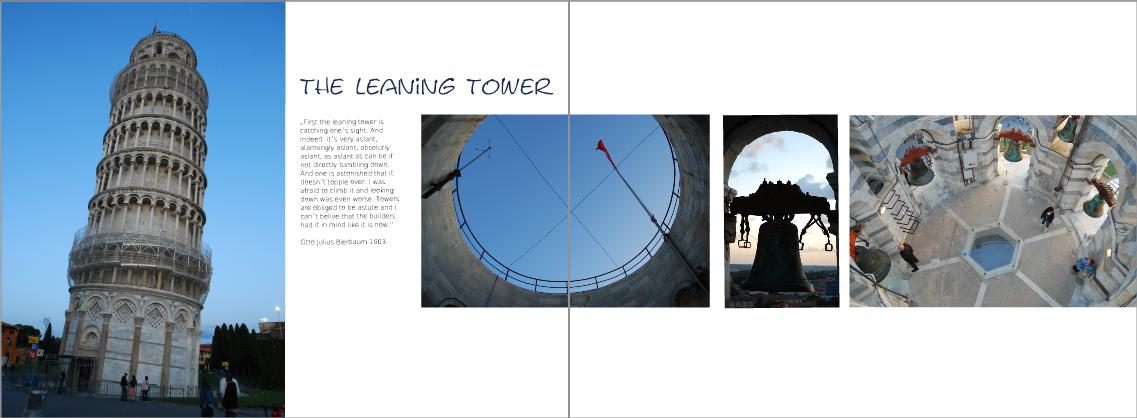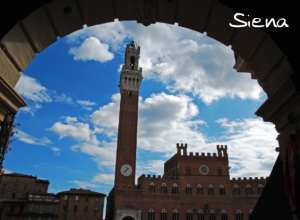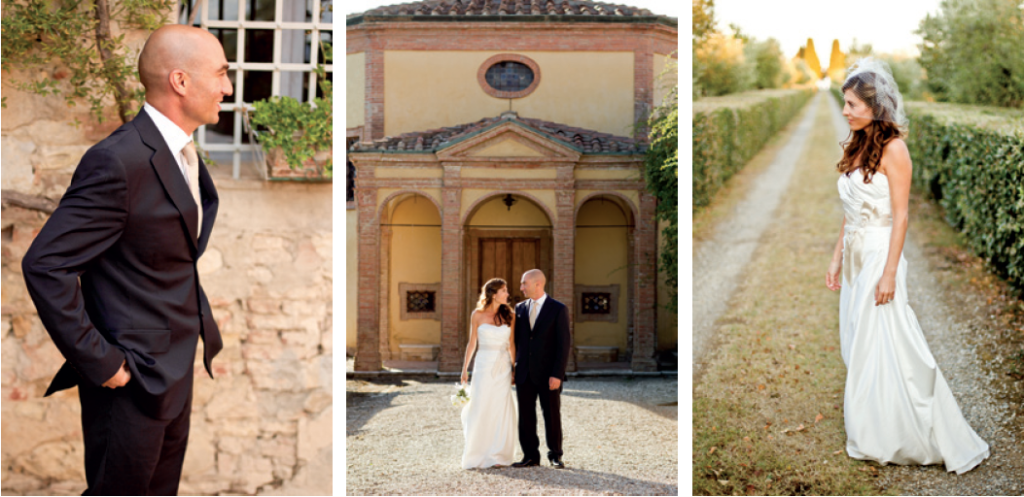
A photo book can fulfill the needs of everyone from the snapshot photographer, to the aspiring amateur, all the way to the professional photographer. The creation of every great photo book begins with a photo shoot. The basic criteria that qualify photos for use in a photo book are no different from those that apply elsewhere—e.g., they need to have sufficient contrast, a strong composition, an interesting subject, and they need to be in focus. However, when you are shooting specifically for a photo book, you need to take extra care with your choice of subject. When we are out taking photos in everyday situations, we generally aim to create images that stand out individually. In contrast, a photo book often tells a story using a sequence of images that embody separate, individual details of an overall narrative.
Consider the following tips when picking a subject and composing your images specifically for use in a photo book:
 If you are taking snapshots on vacation, you probably won’t photograph the menu in a restaurant or a great-tasting local delicacy, whereas such minutiae make great illustrations in a photo book. Photos of entry tickets, street signs, and flyers enhance the look of a book page and can make effective backgrounds.
If you are taking snapshots on vacation, you probably won’t photograph the menu in a restaurant or a great-tasting local delicacy, whereas such minutiae make great illustrations in a photo book. Photos of entry tickets, street signs, and flyers enhance the look of a book page and can make effective backgrounds.
- Try to get into the habit of photographing extra details when you are taking photos of family events. If you are documenting a wedding, for instance, try to get shots of all the separate stages of the event. Things like the wedding dress on its hanger or the bride’s shoes in their romantic-looking box make great decorative elements alongside the main image on a page. During the wedding itself, make sure you get pictures of the person conducting the ceremony, to use either as a main image or as a detail. And be sure to capture pictures of all the guests.
- In a travel photo book, you could use a detail of a landscape or part of a building as a decorative background. In order to prevent the page background from spoiling the effect of the main image, it should be uniformly colored and free of distracting details. The types of images that make effective backgrounds would make boring photographs if displayed on their own.
- Even if you are not documenting a specific event, pictures of objects related to a book’s theme make great additions to the overall look of the book. For instance, in a book of baby photos, you might include photos of the baby’s favorite toy or first spoon and fork. Depending on their nature, such details can be photographed or scanned.

- Experienced photo book makers will have an idea of what the final layout of their book will look like before they start a shoot, and will compose their images accordingly. The most important thing to do when shooting for a photo book is to think beyond the individual photos and develop a graphic narrative. For example, the triptych form often used in classical painting makes a very effective framework for photos of a wedding couple.
- Pay attention to the differences between landscape- and portrait-format images while you are shooting. The pages of most photo books are either square or landscape-format rectangular. For a rectangular book, if you want to turn a particular image into a page-filler, be sure to shoot it in landscape format. If you are planning a square-format book, be sure to compose your images in such a way that there will be sufficient space at the
 edges for subsequent cropping.
edges for subsequent cropping.
- If you want to isolate a specific detail, you should photograph it against a homogenous background, with as much free space as possible surrounding it. Changing your viewpoint is often the best way to alter your perspective of a subject. Shooting from below against a blue sky is an effective way to isolate a particular detail.
- If you are not sure how you want your finished book to look, give yourself a variety of options by shooting multiple versions of each image, using different framing and compositional concepts. It is easy to later crop digital images to the right size and shape.
From Create Your Own Photo Book by Petra Vogt
Want to learn more about creating your own photo book? Purchase the full Book here.
